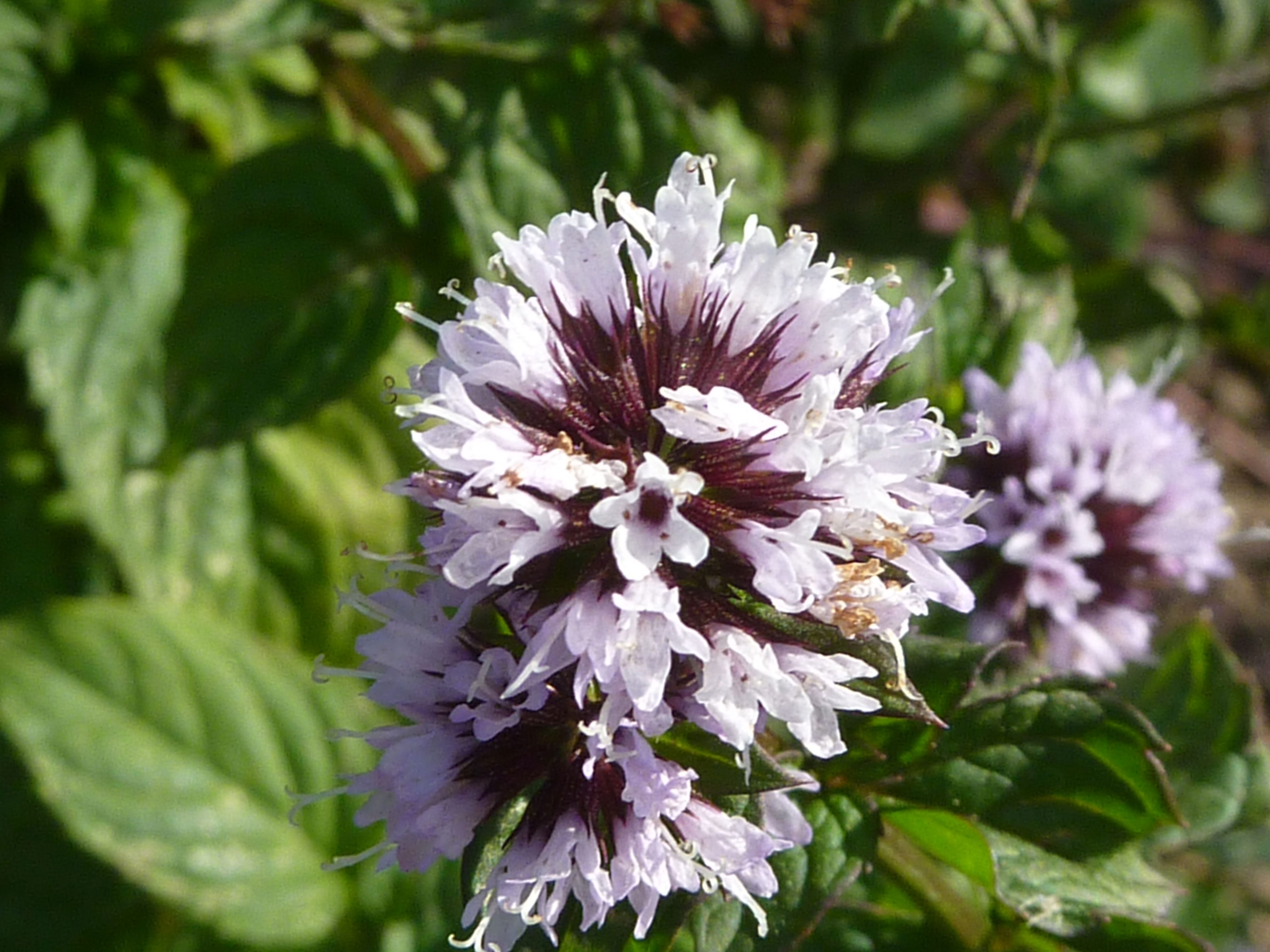Grapefruit Mint Info: Care Of Grapefruit Mint Herbs

& Bonnie L. Grant If there's one thing you can count on, it's mint. The herb is about as vigorous as a plant can get, with a hardy nature and fast growth pattern. Experts estimate that there are over 600 different types of mint. Most of us are familiar with the two most popular types-- spearmint and peppermint-- but you're missing out if you don't try some of the more unusual mint varieties. The grapefruit mint plant is just one of many varieties of this pungent herb. Let's find out more about growing grapefruit mint plant.
Grapefruit Mint Plant Info
Grapefruit mint (Mentha x piperita 'Grapefruit') is a perennial in USDA zones 6 through 11 and will grow in full sun or partial shade. Like most mints, it's an easy plant to grow and perfect for novice gardeners who want to start out growing a small herb garden. The plant features slightly furry, deep green leaves with an intoxicating citrus-mint scent and can grow 12 to 14 inches (31-36 cm.) tall and 18 inches (46 cm.) wide. It tends to be rangy and leggy unless you pinch it back to force thicker growth. In the late summer or early fall, grapefruit mint shoots up a spike in the middle covered with beautiful lavender flowers. Bees, butterflies, and birds love these blooms, so this plant will bring in wildlife unless you clip off the flowers and use them in bouquets.
Growing & Care of Grapefruit Mint Herbs
Like almost every other mint variety, grapefruit mint is almost too easy to grow and propagate. Although it's not as invasive as some of the other varieties of the herb, unless you want an entire yard filled with mint in a short number of years, it is best to place growing grapefruit mint herbs in a planter to keep the roots away from your garden soil. Place the planters in full sun, although the plant will survive if your only planting spot has a bit of shade in the afternoons. Use fresh potting soil mixed with compost for good drainage and nutrients. Herbs are very hardy in general, and mint is one of the most enduring plants. Its only disease problem is rust, which is easily avoided by preventing overhead watering. Other than that, keep the soil watered on a regular basis, especially during the hottest summer months. Mulch with wood chips or organic compost and deadhead the plant to increase foliage growth.
Propagating Grapefruit Mint Herbs
Mint can be propagated from root division or stem cuttings. Take cuttings in early spring. Remove a 3 inch (8 cm.) section of stem with several new bud nodes. Pull off the bottom leaves and stick the stem in a glass of water. Soon the nodes will begin to root. When you have healthy roots, you can plant it just as you would any other herb. Division is best done at the same time. Simply dig up the plant and cut it into sections with vigorous root growth and some stems.
Using Grapefruit Mint Herbs
This unusually flavored mint adds a tangy flavor to many different foods. Snip off the top leaves, beginning with the first leaves in the season. Harvest your grapefruit mint plant throughout the growing season and it will continue to produce tasty leaves. Chop the leaves and sprinkle them in fruit salad, crush them and add to iced tea, or freeze them in ice cube trays (with water) and add them to water after a workout. The tangy flavor will also add a special touch to fish and chicken dishes as well as fruity desserts. Try growing grapefruit mint in containers right near the back door for the freshest tasting summer garnish. This attractive addition to your herb garden can liven up your summer meals as well as your backyard scenery.
Gardening tips, videos, info and more delivered right to your inbox!
Sign up for the Gardening Know How newsletter today and receive a free copy of our e-book "How to Grow Delicious Tomatoes".
-
 Zinnias On Repeat: 10 Glorious Cut-And-Come-Again Varieties For Endless Summer Bouquets
Zinnias On Repeat: 10 Glorious Cut-And-Come-Again Varieties For Endless Summer BouquetsThese zinnia varieties keep giving all summer, making them the perfect choice for dedicated cutting gardens – or just the occasional homegrown bouquet.
By Ellen Wells
-
 Create A Romantic Garden Straight Out Of Bridgerton: Regency Era Romance In Your Garden
Create A Romantic Garden Straight Out Of Bridgerton: Regency Era Romance In Your GardenTry some romantic garden ideas straight out of Bridgerton. Flowers and gardens in the Regency era were lush and charming and you can get the same look!
By Bonnie L. Grant